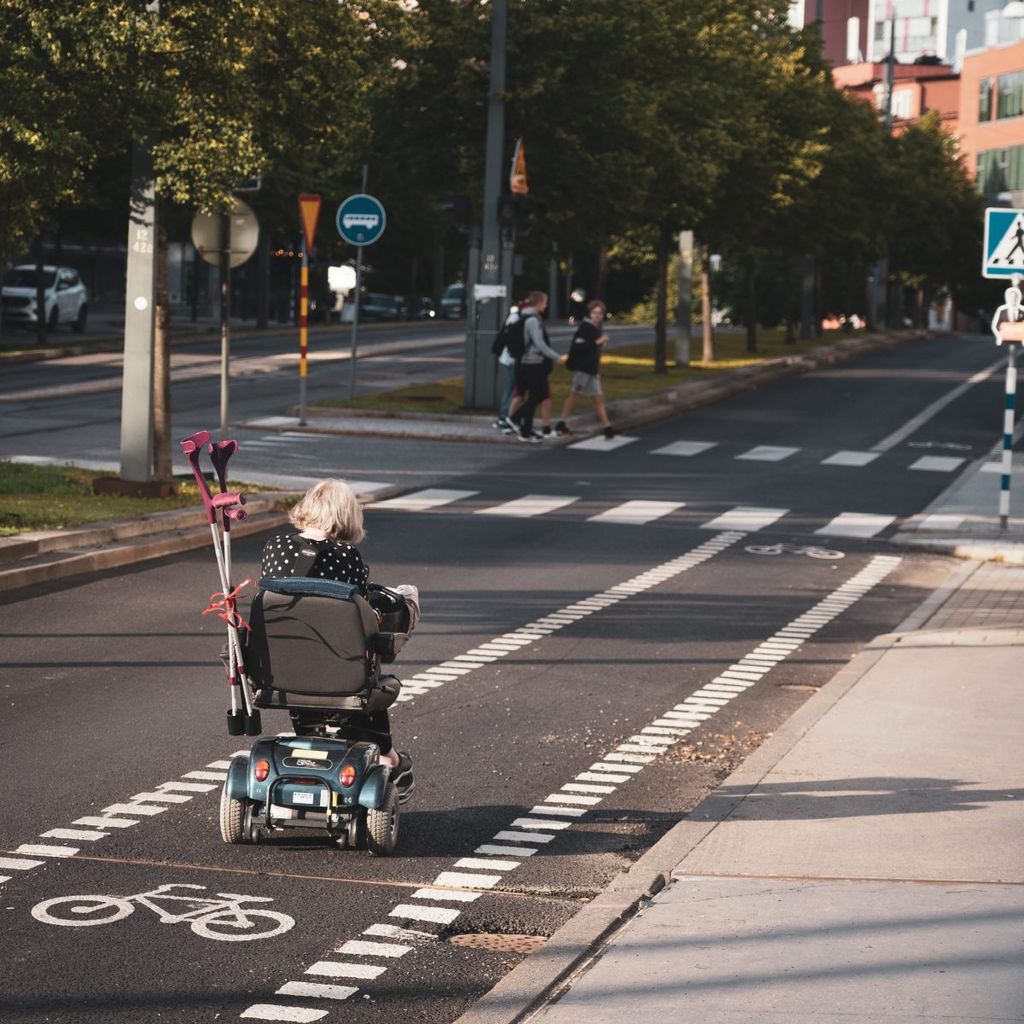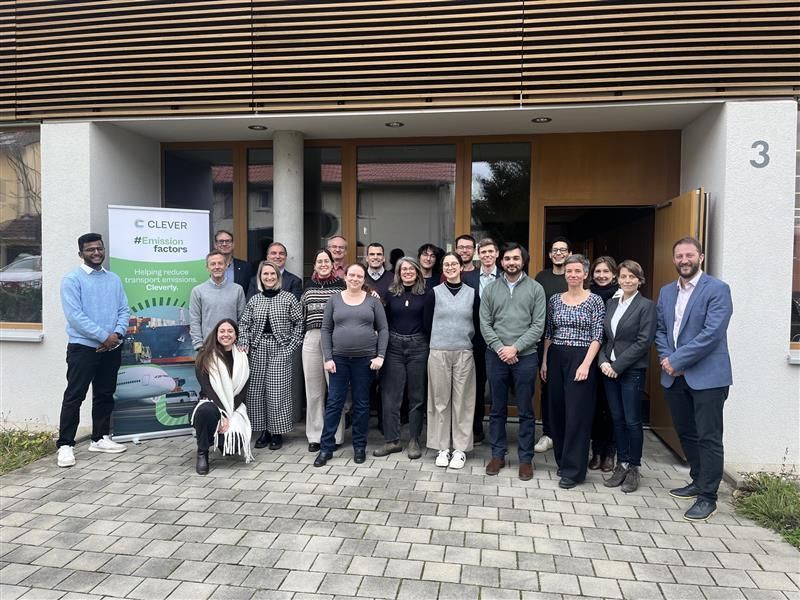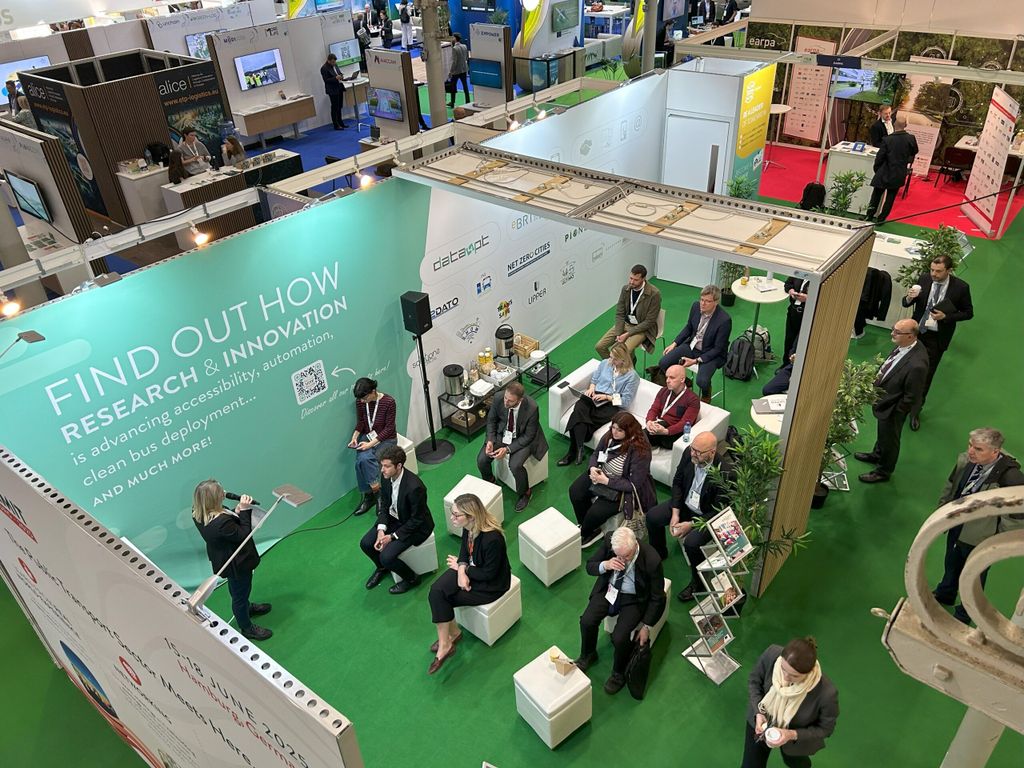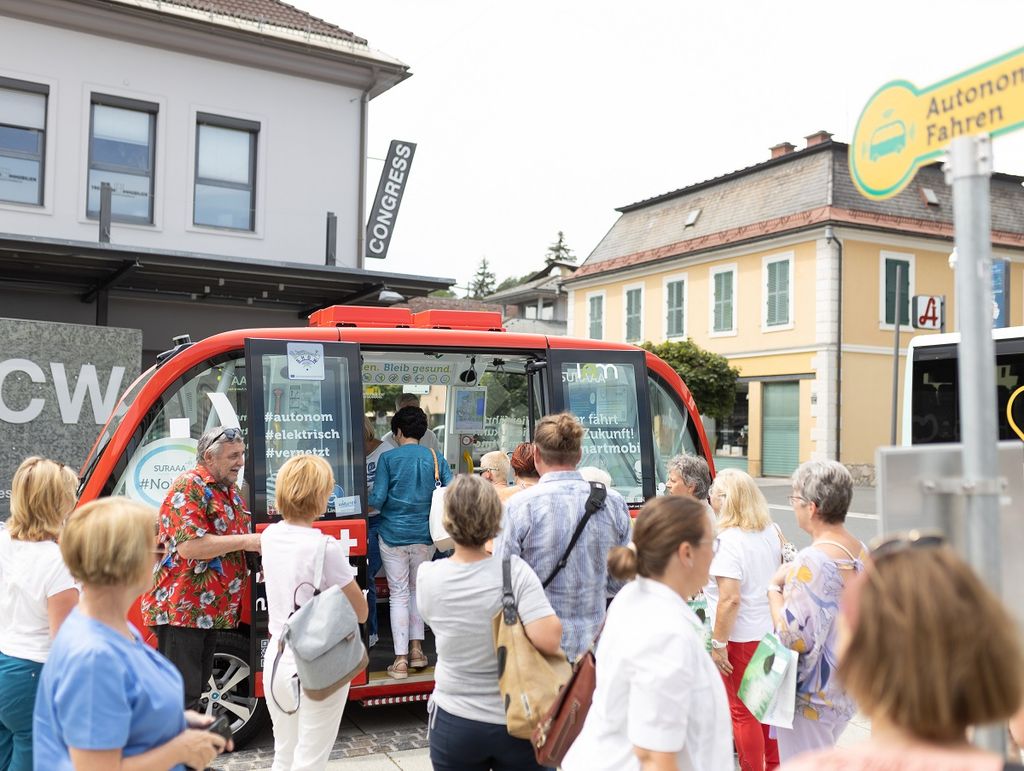
Barrier-free public transport : why no passenger should be left behind
An approach to designing transport systems free of mobility barriers
About 15% of the world’s population suffers from a disability, a proportion that is expected to increase, particularly as the population ages. The United Nations Convention on the Rights of Persons with Disabilities makes it obligatory to make transport accessible to persons with disabilities so that they can participate in society “on an equal basis with others”.
In tackling the challenge of accessibility, cities can benefit from innovative technologies that promote a barrier-free and inclusive society. Artificial intelligence, augmented reality and wearables are some of the solutions currently being explored.
Translated to the public transport sector, such services include complimentary on-demand services with wheelchair access, journey planners for visually impaired users and real-time alerts to drivers for assisting passengers, to name but a few. But it can also be as simple as providing updated information in several languages.
But how can authorities and operators identify such needs for their users? As the TRIPS project is successfully proving, working closely with a network of disabled citizens can draw out barriers to using public transport and other complementary services. By inviting those with disabilities to highlight personal problems they face and brainstorming with experts on finding the right solutions, the goal is to address the threat of social exclusion.
Co-designing approaches allows people to take the leading role in designing accessible and useable transport systems. By focusing on the experience and needs of people with disabilities, a wide variety of barriers can be addressed. This also includes barriers related to age, health and language.
TRIPS is currently working several pilot cities to test the co-design methodology and develop practical actions to support the sector and its users.

Transport for all in Barcelona
The Spanish capital of Barcelona, and UITP’s next destination for the Global Public Transport Summit, is a benchmark for accessible public transport networks. TMB, Barcelona’s main public transport operator, has retractable wheelchair ramps on their buses, their metro trains have designated doors for wheelchair access and the Montjuic cable car is fully wheelchair adapted. There is voice navigation systems implemented throughout the entire system, an embossed map of the metro network and guide in braille, and ticket validators inside the vehicles have signalling which, through colour contrast and braille, can read the identification number of buses. This will be followed with transformations of the metro stations so that 100% are accessible by 2024.
The TMB app is an app for everyone. Available in six language and optimised for blind or visually impaired people, TMB constantly reviews and improves its features with users to enhance the user experience. For example, the Barcelona journey planner and travel assistants which keep users informed from the beginning of their journey until arrival at their destination thanks to text-to-speech voice reader. Buses are also safe to use with information about when the bus is about to arrive at the stop, when it has stopped and when the doors are opening or closing. It also sends an alert to drivers so they are aware of blind passengers.
Creating physical and digital barrier-free public transport
Building on the experience in the TRIPS project and current trends in the public transport sector as well as the policy environment around accessible mobility, UITP is co-hosting a series of webinars with TRIPS.
During these webinars, several UITP members will share their stories on how they are knocking down the barriers with both digital and physical solutions and working together with civil society to improve accessibility to end users. Discussions between experts and decision makers will explore how COVID-19 has impacted travellers with disabilities and what policy initiatives are the best leverage to make public transport more accessible. And if that’s not enough, there will also be several pilot cities sharing their experiences so far on the co-design methodology and how it has translated into better mobility networks for all.
Attending IT TRANS and looking to discuss the topic of accessibility for innovative public transport? Join us on the UITP stand on Tuesday 10 May at 13.00 to meet the project partners and hear more about the project. Register for IT TRANS
Are you an organisation working with persons with disabilities? Please support the TRIPS project in gathering information and feedback on the usability of mobility solutions by completing this 10-minute mobility survey (available in 12 languages).








